If the last decade of beauty was about serums with unpronounceable actives, 2025 is about hardware. Vanity tables look less like apothecaries and more like mini operating theaters. There are glowing LED masks that resemble couture headpieces, handheld radiofrequency wands sleek enough to pass as designer gadgets, and microcurrent rollers promising a cheekbone revival between emails.
This is the new frontier: beauty powered by energy, not just ingredients. But the real question that cuts through all the unboxings and TikTok demos is deceptively simple: which of these actually works?
The answer isn’t one-size-fits-all. These devices are like cast members in a play—RF, red light, and microcurrent each play a different role. Ignore that, and you’ll be disappointed. Use them smartly, and they can quietly change the way your skin ages¹²³.
Radiofrequency: The Architect
Radiofrequency (RF) is the disciplinarian of the bunch. It’s not flashy—no rainbow glow, no instant lift. What it does is heat the dermis just enough to trick your skin into laying down fresh collagen. Think of it as structural renovation rather than surface polish.
Skeptics often roll their eyes until they commit to twelve weeks. That’s the key: RF isn’t a fling, it’s a relationship. In controlled trials, home RF devices delivered measurable improvements in wrinkles and elasticity after about three months⁴⁵. This isn’t “Instagram filter” smoothness—it’s subtle, like someone finally fixed the sagging in your favorite armchair.
My opinion? RF is the investment piece, the trench coat of the skin-tech wardrobe. It won’t make you gasp in week one, but you’ll be grateful in photos six months from now.
Red Light: The Poet
Red light, or LED photobiomodulation, is more like skincare’s therapist. Instead of forcing structural change, it coaxes. At around 630–660 nm (red) and 810–850 nm (near-infrared), red light signals your mitochondria to act younger—boosting cell energy, calming inflammation, and improving surface texture⁶⁷.
It’s slow-burn magic. Clinical work in 2025 showed that 630/850 nm LED sessions were not just safe but effective in rejuvenating skin, particularly for fine lines and tone⁷. The changes are softer than RF’s lift—more “I’ve been meditating and drinking water” than “I had a procedure.”
Here’s my editorial take: if RF is the trench coat, LED is cashmere. Gentle, comforting, and endlessly layerable. It doesn’t make headlines, but wear it long enough and people will ask why you look so rested.
Microcurrent: The Party Trick
Microcurrent is the espresso shot of devices. Glide those rollers across your jawline and suddenly your reflection looks suspiciously more sculpted. The science—boosting ATP production and stimulating the tiny facial muscles—is credible⁹¹⁰. The evidence base is thinner than for RF and LED, but the immediate lift is undeniable.
I’ve used it before dinners where I wanted to look like I’d had eight hours of sleep. The lift fades in a day or two, but for events or selfies, it’s unmatched. Think of it as heels: not practical every day, but transformative when you need them.
My opinion? Microcurrent is joy in gadget form. It may not be your anti-aging foundation, but it’s your secret weapon for looking alive on demand.
How They Fit Together
The mistake I see most often is trying to pit these devices against each other, as if only one deserves a place on the counter. The truth is more nuanced: they complement each other.
RF equals structure. Red light equals surface. Microcurrent equals shape.
Used together—on different days, not all at once—they create a rhythm. My week looks something like this: LED on Monday, RF on Tuesday, microcurrent on Wednesday, then repeat. It’s not about perfection, it’s about cadence.
The Human Side of Patience
The hardest sell in a culture addicted to quick fixes is patience. RF and red light require 8–12 weeks before results show⁴⁷. That’s an eternity in Instagram time. But aging didn’t happen overnight, and neither will rejuvenation.
I always tell friends to take photos under the same bathroom light every four weeks. The difference is subtle but cumulative. If you don’t measure, you’ll think nothing’s happening—then suddenly, at week ten, your jawline looks a little sharper, your makeup glides a little smoother.
Microcurrent, meanwhile, rewards immediacy junkies. Use it before a party, see results instantly, and decide later if you want to keep it in your routine.
Safety: The Fine Print People Skip
Let’s be grown-ups: devices aren’t universally safe just because they’re sold online.
RF isn’t for pregnant users, pacemaker wearers, or those with certain implants¹¹. LED should be avoided if you’re on photosensitizing medication¹². Microcurrent carries cautions for pacemakers, epilepsy, and pregnancy¹³.
And here’s something rarely said aloud: if you’ve had filler or Botox, give it time before using heat or current over treated areas. Energy too soon may accelerate filler breakdown¹⁴.
What I’d Tell a Friend Over Coffee
If your budget stretches to only one, choose RF if sagging bothers you, LED if dullness or redness is your nemesis, and microcurrent if you just want to look alive tonight.
If you can swing two, pair RF and LED. They work on different layers and complement each other beautifully. Add microcurrent if you want an immediate payoff or simply like the ritual.
And remember: none of these will outshine sunscreen or undo a decade of sunbathing. Devices are enhancers, not erasers.
FAQs
Which is better for wrinkles—RF or red light?
Different tools for different jobs. RF targets laxity and deep collagen; red light softens texture and fine lines. Pairing is often best.
When will I see results?
Around 8–12 weeks for RF and LED. Microcurrent works same-day but fades unless repeated.
What wavelengths matter for LED?
Stick with ~630–660 nm (red) and ~810–850 nm (near-IR). That’s where the clinical data lives.
Can I use devices over fillers?
Not immediately. Most injectors recommend waiting at least two weeks.
Final Word
Beauty in 2025 isn’t about chasing one miracle. It’s about curation. Devices aren’t gimmicks anymore; they’re part of the new skincare wardrobe. RF is the trench coat, LED the cashmere sweater, microcurrent the heels. You don’t need all three to start, but if you know how to layer them, you’ll look like the best version of yourself—unretouched, unfiltered, and very much alive.
Bibliography
Shu, C. et al. Randomized, evaluator-blinded split-face trial on home-use radiofrequency devices. Journal of Cosmetic Dermatology (2023).
Ai, T. et al. Clinical study on home RF for wrinkle and elasticity improvements. Lasers in Medical Science (2024).
Kwon, H. et al. Outcomes of controlled RF skin remodeling. Dermatologic Therapy (2023).
Shu, C. et al. Randomized split-face RF trial. Journal of Cosmetic Dermatology (2023).
Ai, T. et al. Home RF trial. Lasers in Medical Science (2024).
Hernández-Bule, M. et al. Narrative review on photobiomodulation. Dermatology and Therapy (2024).
Park, J. et al. Clinical trial of 630/850 nm LED for skin rejuvenation. Medicine (Baltimore) (2025).
Avci, P. et al. Mechanisms of red and near-infrared light therapy. Seminars in Cutaneous Medicine and Surgery (2013).
Kolimechkov, S. et al. Review of microcurrent stimulation and ATP production. Clinical, Cosmetic and Investigational Dermatology (2022).
Marmann, C. et al. Observational study on microcurrent for facial toning. Journal of Aesthetic Nursing (2023).
Literature review on RF contraindications (pregnancy, implants). Aesthetic Surgery Journal (2023).
DermNet NZ. “Drug-induced photosensitivity.” Accessed 2024.
NuFACE. “Microcurrent contraindications and safe use.” Accessed 2024.
Study on filler degradation and timing with RF/heat. Journal of Cosmetic and Laser Therapy (2023).


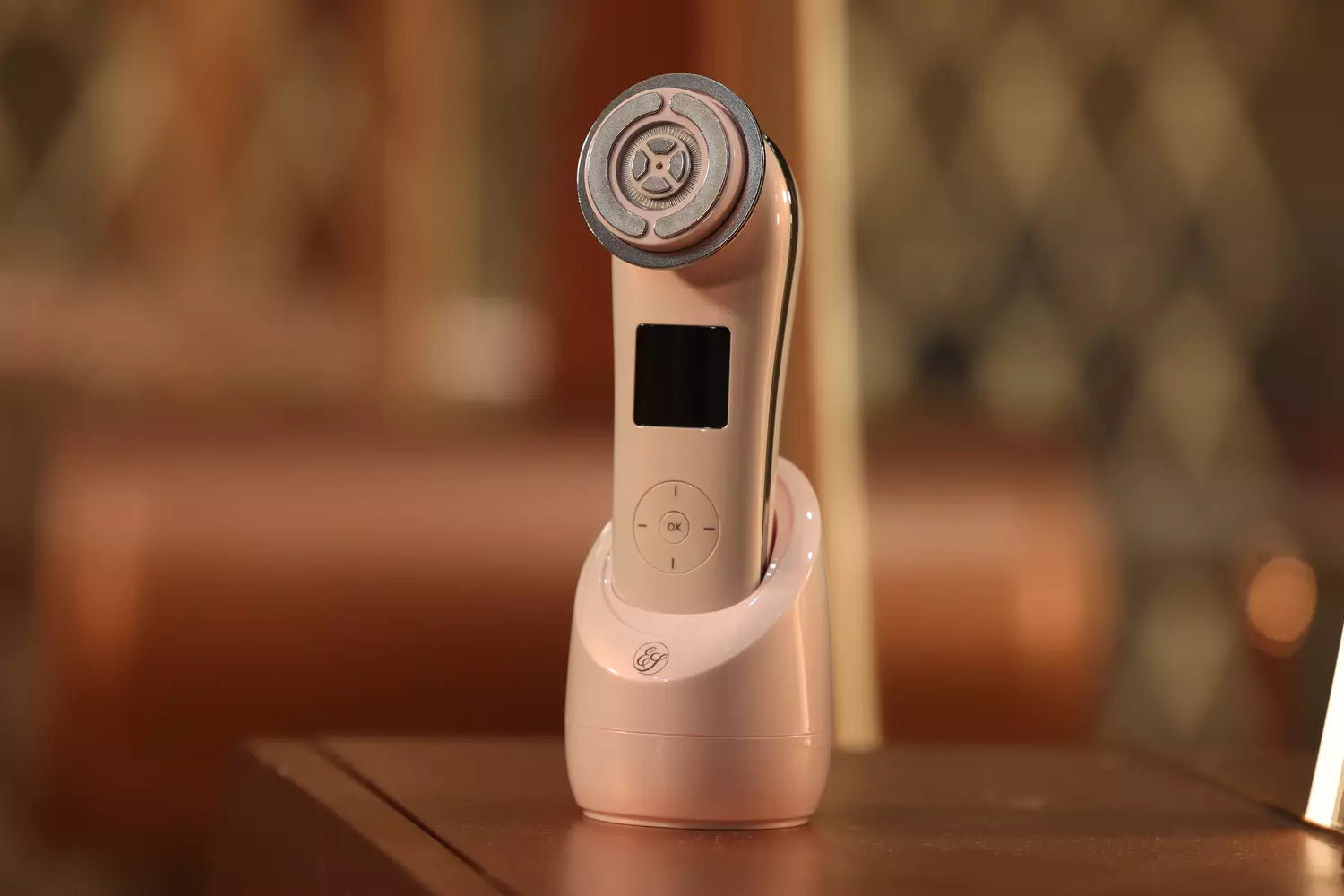
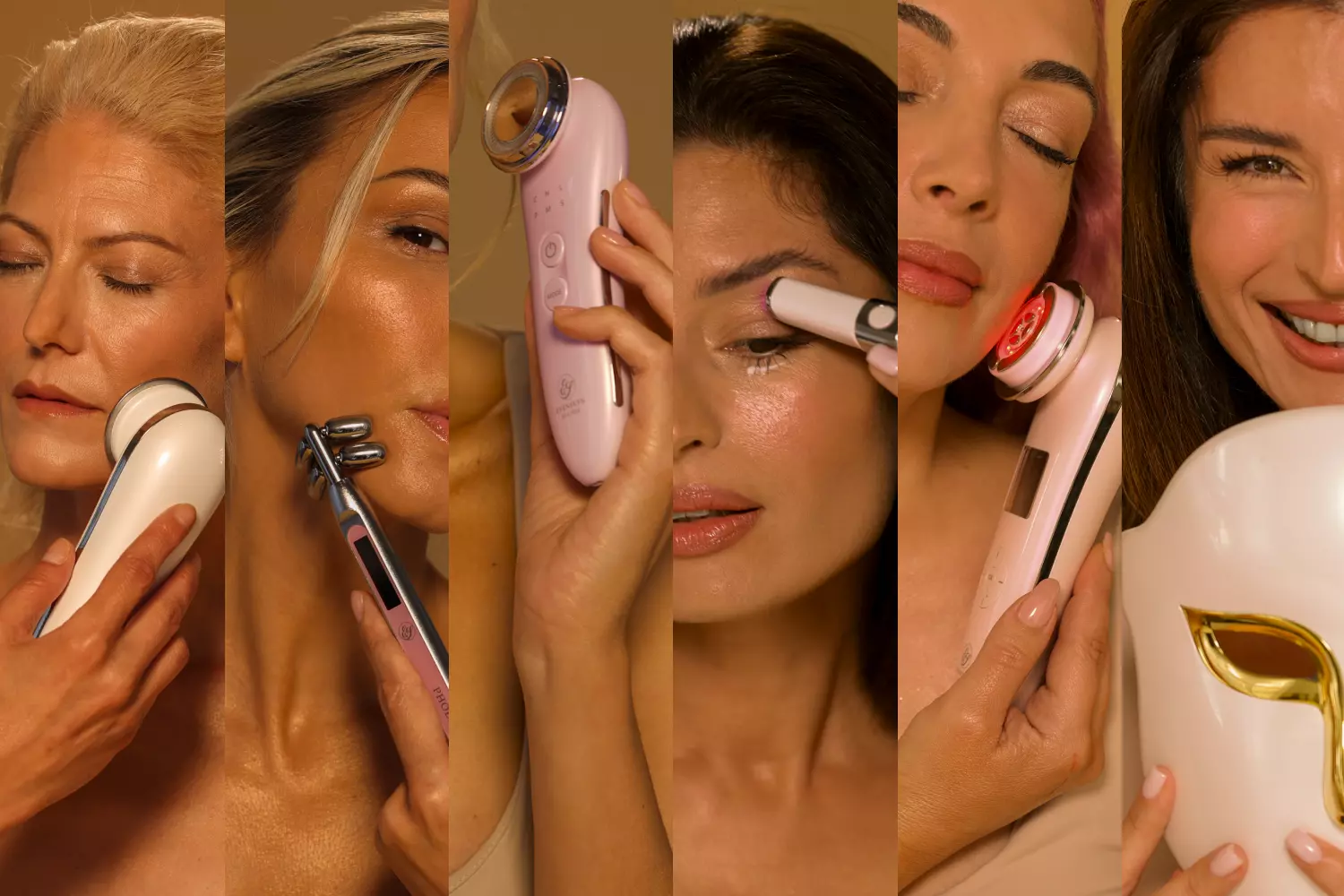
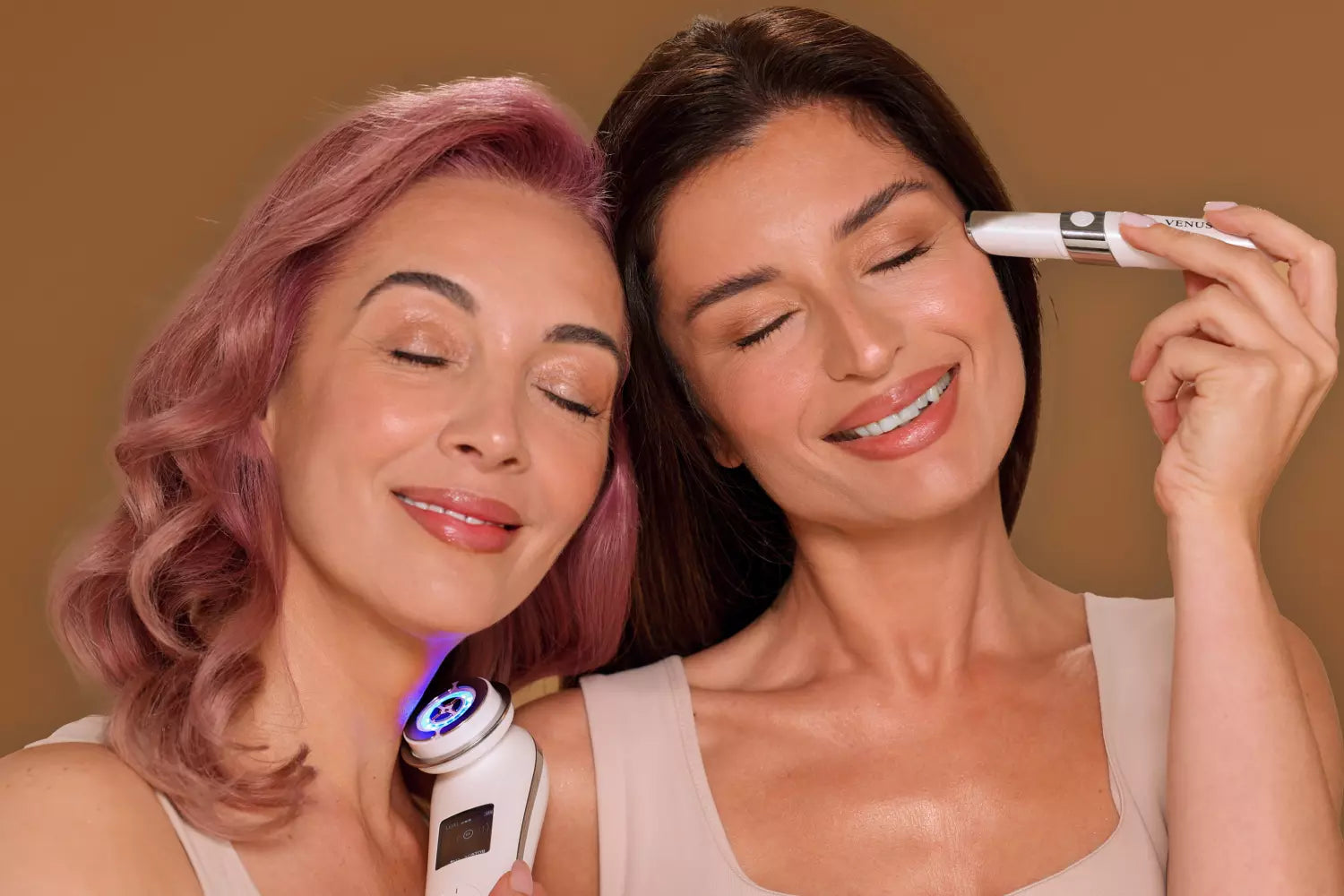
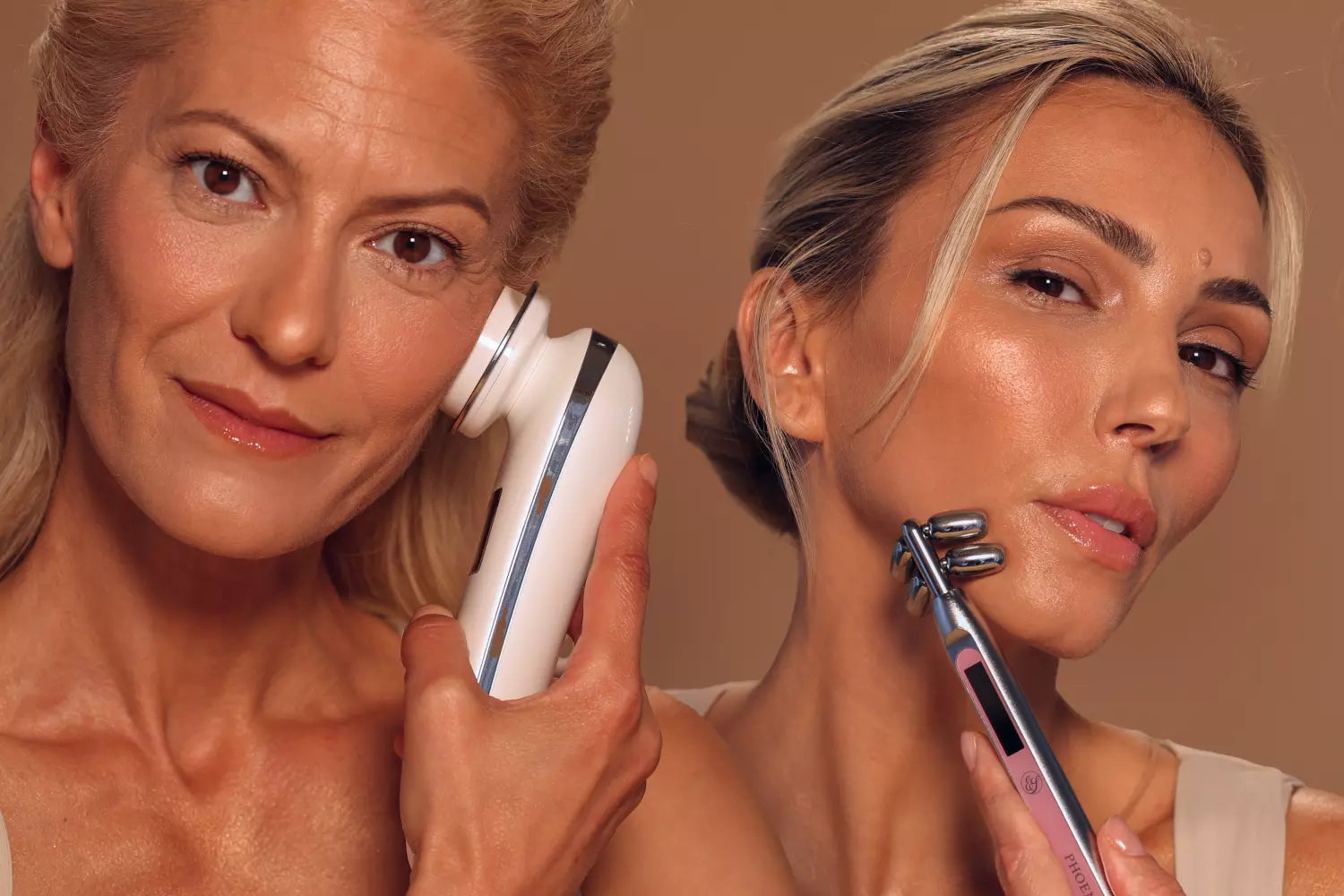
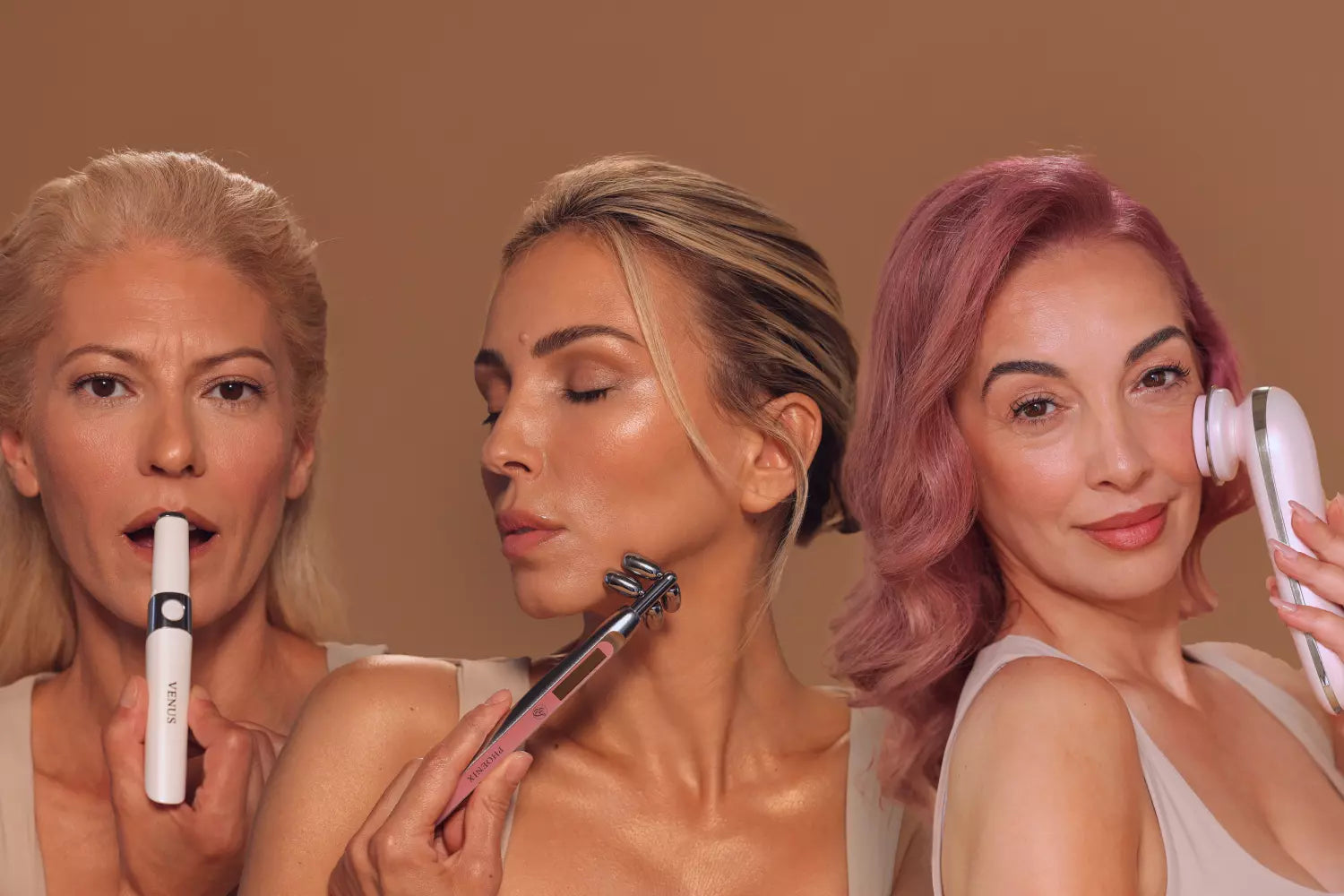

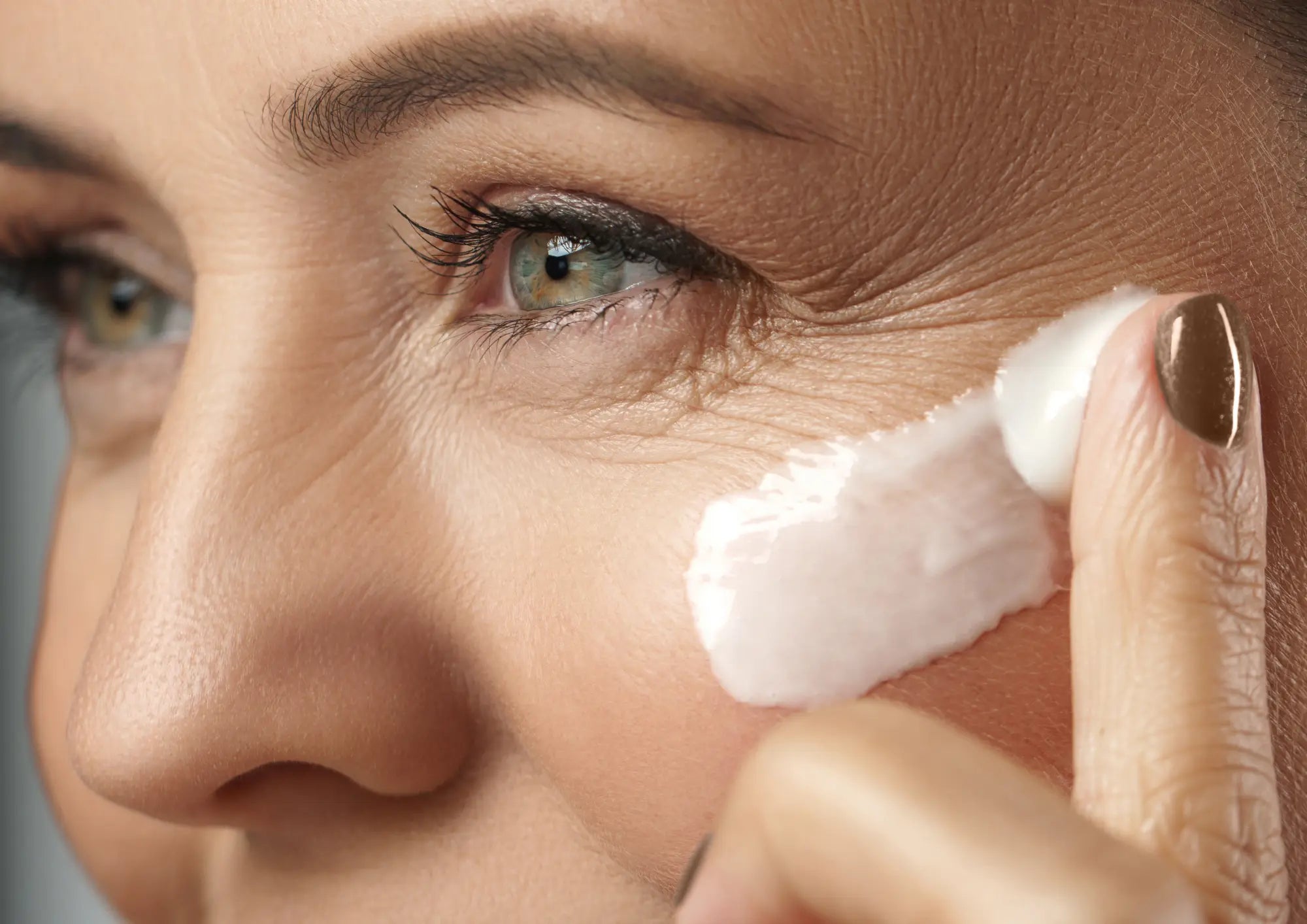
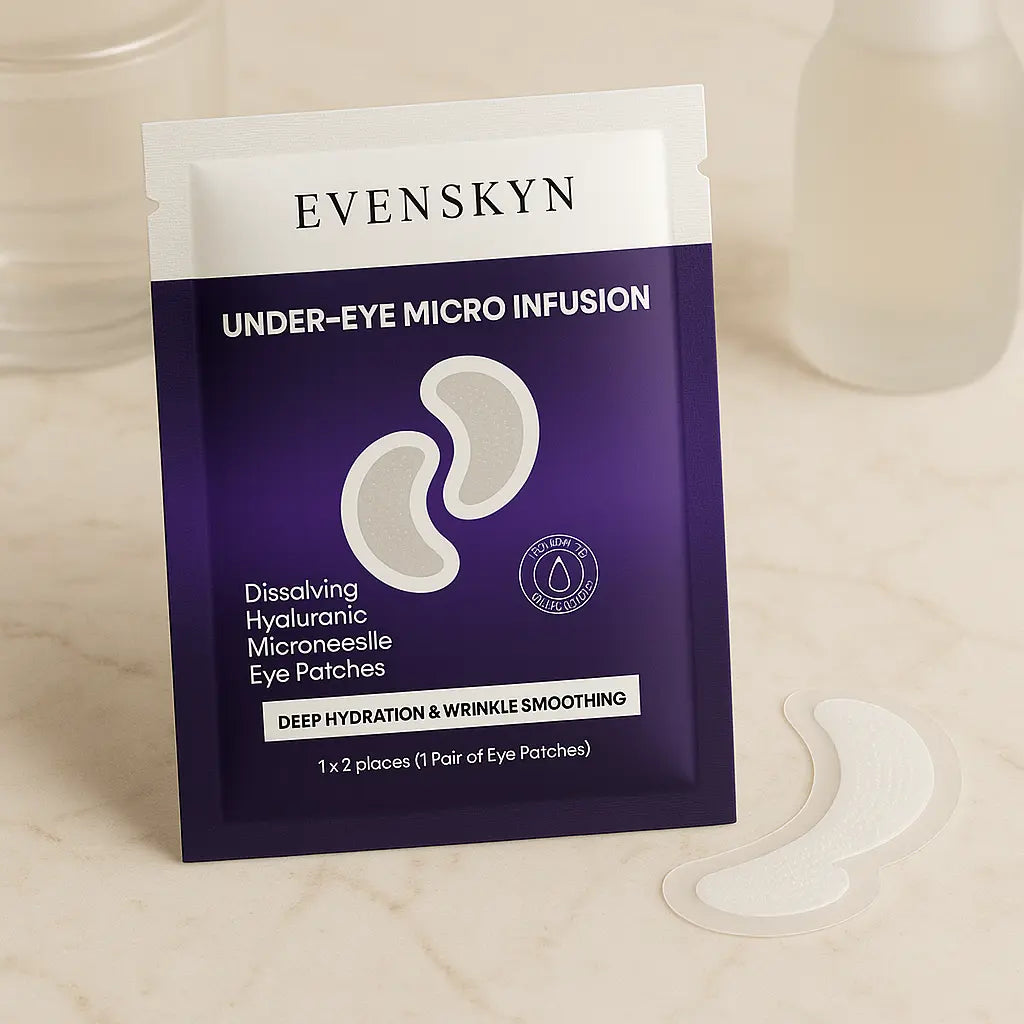
Leave a comment
All comments are moderated before being published.
This site is protected by hCaptcha and the hCaptcha Privacy Policy and Terms of Service apply.